Diseases and pests of currants
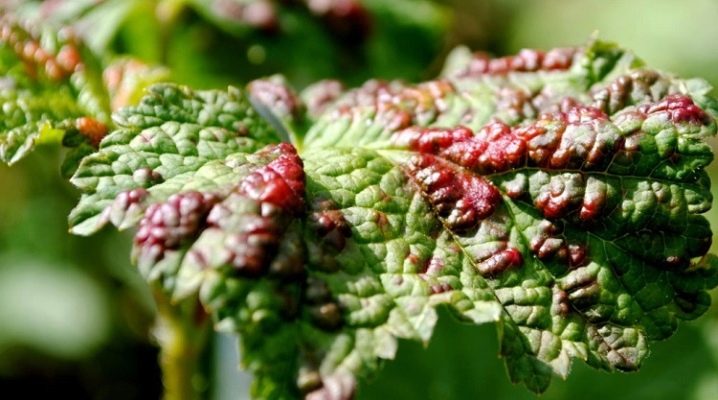
Black and red currants often suffer from various diseases, as well as from pest attacks. Therefore, gardeners who breed them should study all the information about these plants in advance.
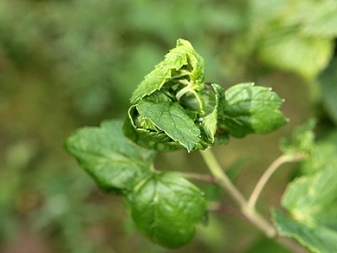
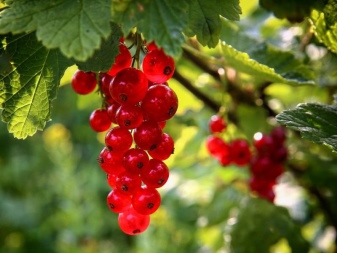
Description and treatment of diseases
White, black and red currants are affected by the same diseases. The methods of their treatment also do not differ.
Anthracnose
This fungal disease affects almost all varieties of currants. As a rule, plants get sick in June, July or August after prolonged rains. It is very easy to detect a disease. Plants are covered with dark red spots. They grow very quickly. If you do not start to fight this disease, the plant will begin to dry out and lose leaves. To treat the disease, the bushes must be treated with copper sulfate.
You need to spray the bushes twice. For the first time, they are processed immediately after the detection of the disease, and the second time after the harvest.
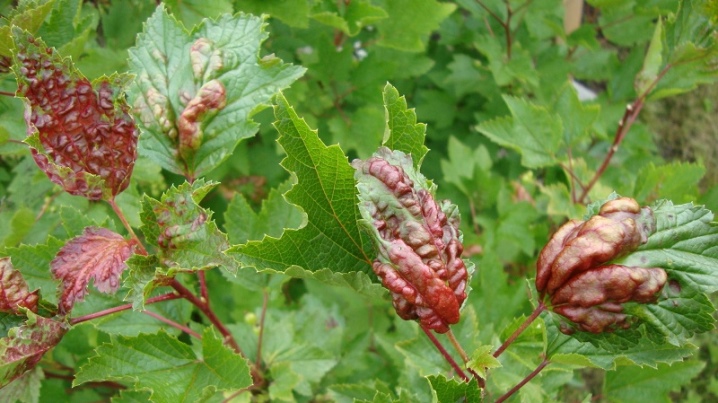
Rust
This disease most often affects bushes growing next to conifers. On the foliage of the ailing currant, voluminous growths of a light orange color appear. They spread very quickly. Berries from the bush crumble over time. You can treat currants using Bordeaux liquid or copper sulfate. When the red spots have passed, it is important to collect all fallen leaves from the ground and destroy them. If this is not done, the plant may become ill again.
Terry
This is a common viral disease. The ailing bush changes greatly in appearance. It lengthens and becomes asymmetrical. This happens very quickly. The foliage turns purple over time. Berries do not appear on a sick bush. It is useless to treat currants. The diseased plant must be dug up and destroyed.

Gray rot
Most often, this disease affects the bushes in the middle of summer. It is quite easy to notice the ailing bushes, their tops begin to fade. Shoots are covered with a gray bloom. Irregular brown spots appear on the leaves. For treatment, you can use copper sulfate or soap-based solution... It is prepared very simply. In 10 liters of warm water, dilute 50 grams of grated soap and the same amount of soda ash.
Striped mosaic
This is another common viral disease. It is carried by ticks and aphids.... The disease is dangerous because it does not respond to treatment. Therefore, having noticed bright yellow stripes on the surface of the foliage, the plants must be removed from the site. After that, the soil should be watered with Fitosporin solution.
In order to prevent the spread of such a disease, it is necessary to remove all parasites from the site, and also regularly inspect the area with currants.
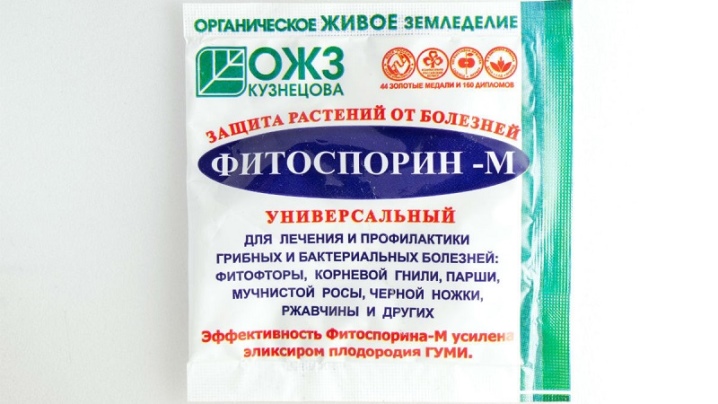
Marginal necrosis
This disease is non-communicable. Bushes growing in soil that contain too much chlorine are ill with it. As a rule, the disease manifests itself in the second half of summer. It is quite easy to notice an ailing plant. The edges of the foliage become gray and dry. The disease spreads quickly. Therefore, it is important to remove leaves with signs of the disease immediately. Next year, the bushes that have recovered must be fed twice with urea.
The first time this is done at the very beginning of spring, the second - after the end of flowering. If the edge of the leaves turns darker than gray, the plant simply does not have enough potassium. Timely feeding will help to correct this situation.
White spot
This disease is fungal.The main symptom of the disease is small white spots. They increase over time. After this, the foliage dries up and falls off. Over time, white spot spreads to other plants in the garden. If you notice signs of disease, all stained leaves should be removed. After that, the bushes must be sprayed with a solution based on copper sulfate.
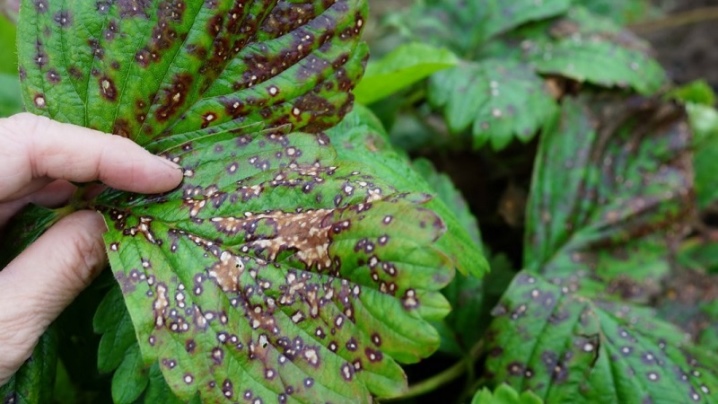
Chlorosis
This disease affects bushes in summer. Light yellow or white spots appear on currant foliage. The plant slows down its growth. The berries grow on it small and sour.
The disease cannot be cured. Therefore, it is very important to properly care for the bushes, as well as regularly feed the currants with complex fertilizers.
Tuberculariosis
Fungal disease is most dangerous for young bushes. Cracks appear on the ailing bush, as well as red spots on the bark and foliage. The tops of the shoots dry out very quickly. It is worth treating the disease after the end of the berry collection. To process the site, use "Captanol" or "Topsin". As a preventive measure, it is recommended to treat the plants with a Bordeaux mixture.
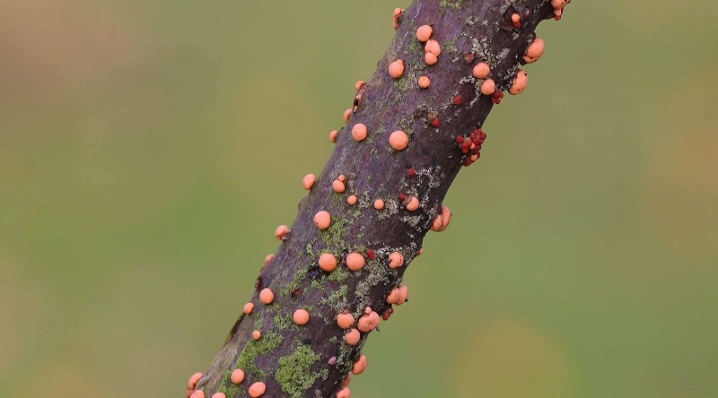
Scab
This disease affects the bushes completely. Dark spots appear on the shoots, covered with a green bloom. Currant foliage quickly turns yellow and falls off. Fruits are covered with dark spots and crack. You need to deal with scab in a comprehensive manner. In spring, plants are sprayed with Bordeaux liquid for prevention. In autumn, the bushes are sprayed with a urea solution. In summer, currants can be processed with Aktara.
Powdery mildew
There are two types of this disease. The first is European powdery mildew. The main sign of plant damage is the presence of a thin white web on the branches. If the bush was infected American powdery mildew, a denser plaque appears on its surface, which resembles felt in its appearance. Sick bushes slow down their growth. Their shoots become crooked, and foliage crumbles. To combat powdery mildew you need to cut off all the branches covered with a white bloom from the bush.
After that, the shrub must be treated with a solution of ferrous sulfate. If desired, you can also use Fitosporin. A simple folk remedy can also be used to spray the bushes. For its preparation, a whole bottle of iodine is diluted in 10 liters of water. Bushes are treated with such a product several times with a break of three days.
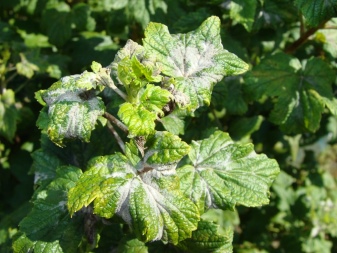
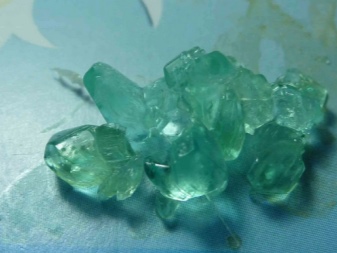
Pest control
In addition to fungal and viral diseases, various pests are also dangerous for young and mature currants.
Gallica
In appearance, this pest resembles a mosquito. These insects lay their eggs in cracks in the bark or leaves that did not have time to unfold.... The foliage of diseased plants is covered with voluminous red spots. Infected plants should be pruned. It is recommended to burn all cut branches.
The bushes can be sprayed with Bordeaux mixture.
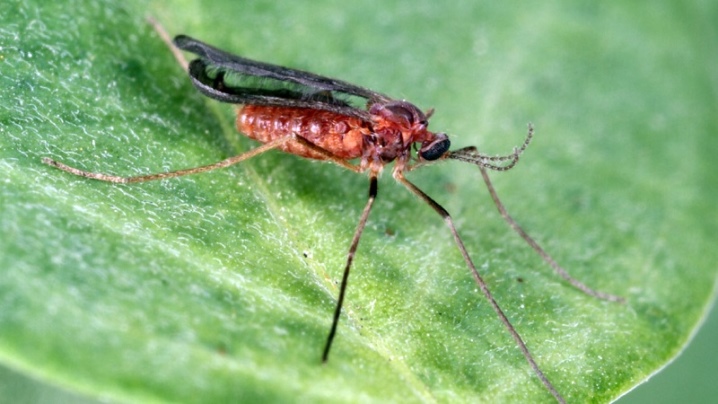
Fire
Adult moths are small gray butterflies. Caterpillars can be either brown or green. They darken with age. Pests eat currant berries. Therefore, it is necessary to get rid of them in a timely manner.
During flowering, the larvae can be harvested by hand. After the first berries appear on the bushes, the bushes can be sprayed with infusions of tomato or potato tops. For prevention, the soil under the currants can be treated with dust a few days before flowering.
Kidney mite
This pest penetrates the currant buds. Because of this, they do not bloom in the spring, but dry up. Separately, it should be noted that the kidney mite is a carrier of terry. It is necessary to fight this pest radically. To do this, the affected branches are cut with a sharp pruner or garden shears.
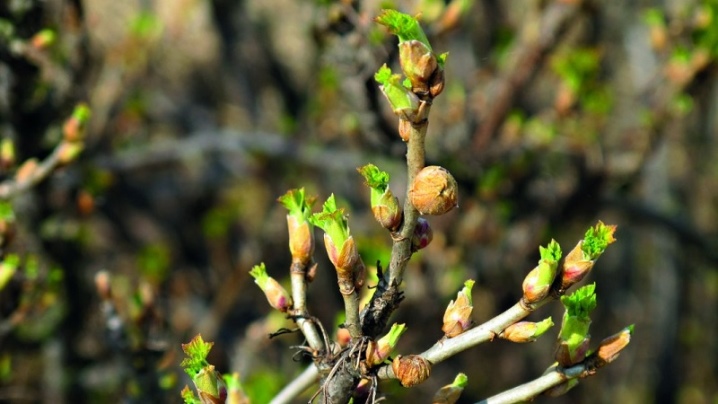
Aphid
Very often, plants are attacked by shoot aphids. It has a green-yellow color. Pests multiply rapidly. Spraying the bushes with soapy water helps fight pests. If the area is heavily contaminated, it is recommended to apply insecticides. "Aktara" and "Fufanon" are suitable for the fight against aphids.... For prevention in spring, the soil under the bushes can be doused with boiling water. Plants can also be planted next to currants, which scare off pests with their sharp aroma.
In order to prevent the infestation of the area with aphids, it is important to get rid of the ants in a timely manner. To destroy anthills, you can simply pour boiling water over them.
Kidney moth
This pest can be recognized by its bright color. The butterfly has white spots on its wings. The caterpillars are reddish in color. Pests feed on plant buds. Because of this, the bushes stop bearing fruit.
It is difficult to deal with this pest. Therefore, gardeners usually destroy infected plants. You can prevent the appearance of kidney moths on the site by cultivating the soil in spring. If possible, when buying seedlings, preference should be given to plants that are resistant to pest attacks.

Spider mite
These small insects usually live on the lower branches of the bushes. Noticing shoots in spider webs and dried foliage, you need to immediately start fighting the tick... Infected bushes are simply watered with hot water or soapy water. This can be done even during the fruiting of currants.
Currant gold and glass
Zlatka is a small bug with an elongated body. In adults, the body is copper-golden... The larvae are white in color. In late spring, they actively destroy young foliage. This causes the plants to weaken.
To get rid of pests, it is recommended to cut off infected shoots. After that, the bushes should be sprinkled with Aktellik. Its appearance resembles an ordinary wasp, but its color is dark. Pest larvae are on the trunk. They feed on plant juices. You need to fight the glass by cutting off the branches of the bushes. The affected shoots must be removed completely. For prevention, you can plant elderberry bushes or flowers with a strong aroma next to currants.


Berry sawfly
Bright orange insects often settle in areas with currants. The sawfly caterpillars are bluish-green in color. It is they who actively harm the foliage. Caterpillars completely eat greens from bushes. This leads to the fact that the plants dry out and die. There are several ways to get rid of caterpillars. First of all, they can be collected by hand. If there are many tracks in the area, it is recommended to use chemicals such as Decis.
It is necessary to spray the bushes with such a product completely. If there is no desire to use chemicals on the site, the currants can be treated with an infusion of ash or potato tops. For prevention, you can treat the bushes with a solution of karbofos. This procedure is carried out at the beginning of flowering currants.
Shield
In appearance, the willow scabbard resembles aphids. Pests are red, brown, or dark gray. Scale activity weakens plants. Therefore, currant bushes affected by these pests quickly dry up and die. To combat the scabbard, folk remedies are most often used.
As a rule, the bushes are sprayed with soap, ash or tobacco solution. If the problem is more serious, chemicals can be used to treat the bushes.
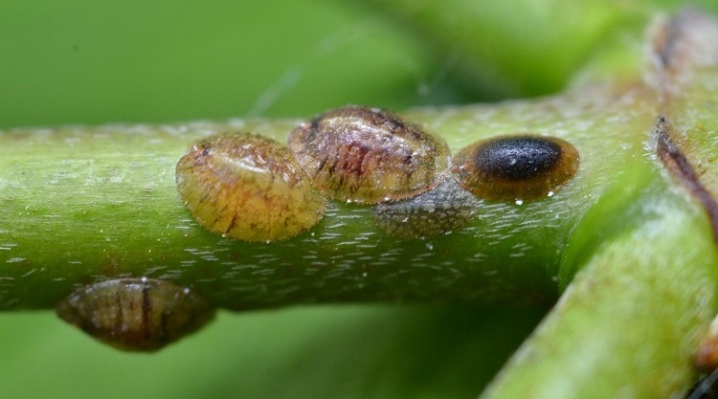
Prevention measures
To spend less time fighting pests and various diseases, you need to take care of the currants.
- Prune the bushes regularly. This should be done in early spring, even before the start of sap flow. All sections must be processed with copper sulfate.
- Till the soil under the currants in spring and autumn. For this, you can use any antifungal solutions. Often gardeners treat the soil with boric acid.
- Spray bushes... To protect the bushes from various diseases and pests, in the spring they can be treated with solutions on herbs. It is recommended to use products based on wormwood, potato tops or dandelions for spraying bushes.
- Fertilize the land annually... A mixture of ash and water is best suited for this purpose. It is not recommended to use fresh manure for plant feeding.
- Take care of the bushes. The soil under the currants must be loosened regularly. It is also important to remove all weeds from there. In this case, the plant will be stronger, which means that it will be easier for it to resist diseases. If the summer is hot, the plants need to be watered regularly.
- Remove old foliage after harvest... Pests often hibernate in it. It is recommended to burn the collected foliage immediately.
Proper care of currants and timely control of pests and diseases will help preserve the productivity of the bushes.
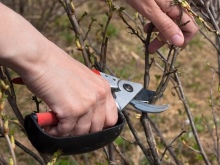
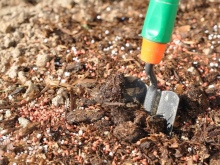
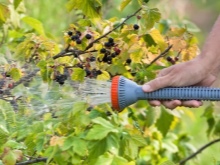









The comment was sent successfully.